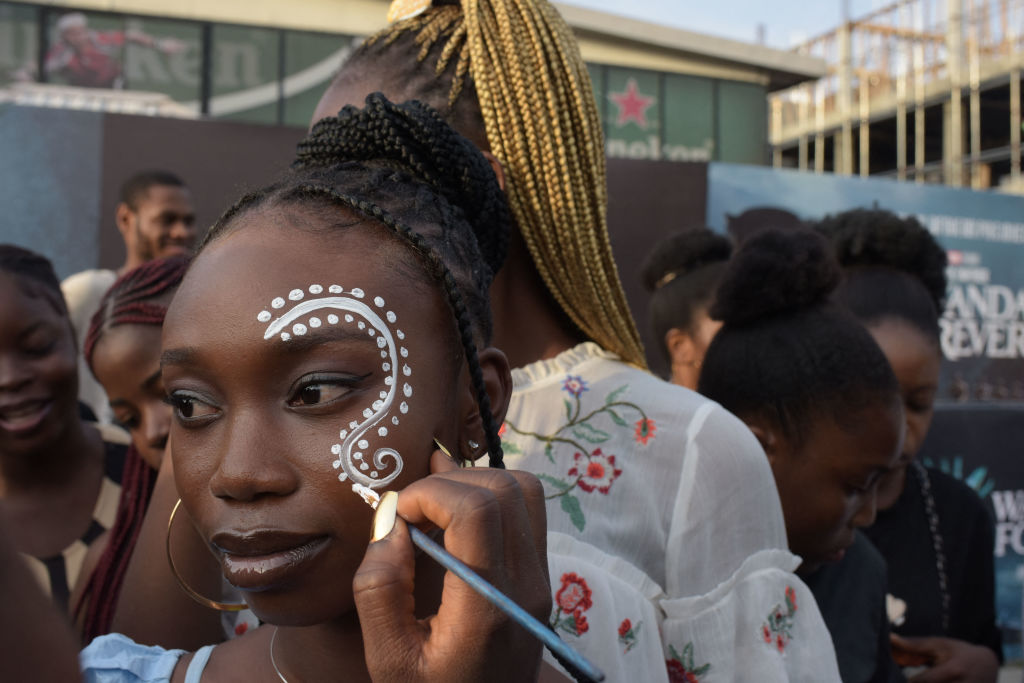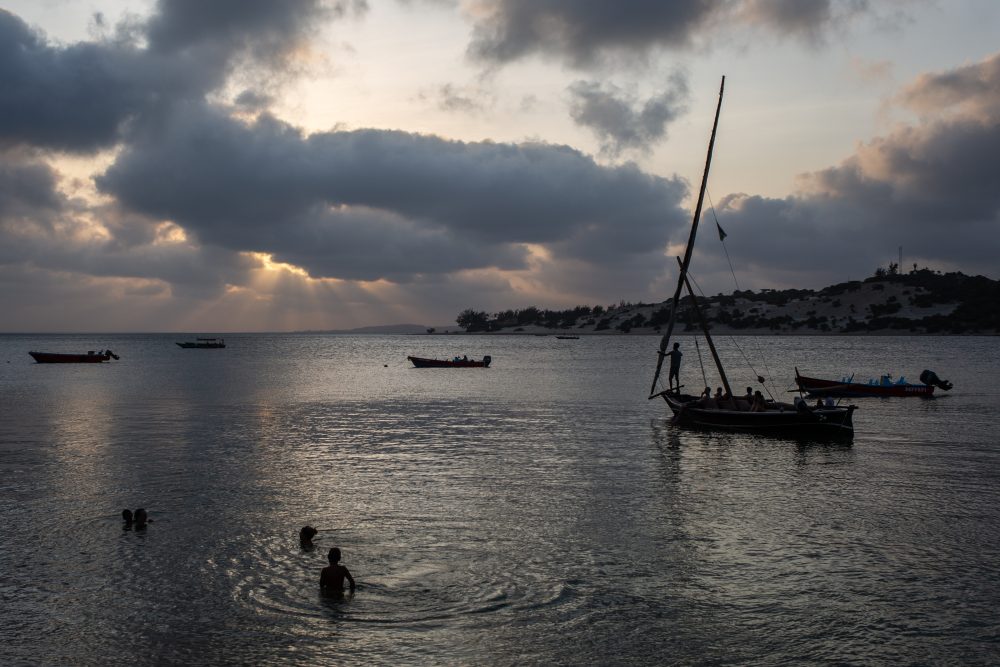Earlier this year, New York Times columnist Ross Douthat wrote a provocative piece making the case that there are two kinds of people in the world: “Those who believe the defining challenge of the twenty-first century will be climate change, and those who know it will be the birth dearth, the population bust, the old age of the world.” Douthat made this bold claim not just because he believes the population bust is the more important of the two challenges, but because, in his view, it is being comparatively neglected due to all the attention paid to irrepressible climate doomsayers. He concedes that he may not be correct in his assessment of the relative importance of the two challenges, but adds that he is comforted by the fact that over the past fifteen years scientists of all stripes have come to a consensus that the worst-case climate scenarios once feared are now viewed as increasingly unlikely.
Whatever the result of Douthat’s weighting of these two challenges, he is right about one thing: there is a population bust to come, and it would be much worse were it not for sub-Saharan Africa where fertility rates remain high. Indeed, population growth in Africa may in time rival the population bust elsewhere as the central demographic story of the twenty-first century.
As of May 2023, Africa’s population — about 1.43 billion — is about the same as the population of India or China, the two countries with the largest populations in the world. Indeed, more than half of the world’s 8 billion people today live in Africa, India or China. Last year the UN produced forecasts of the world’s population in 2050 and 2100 respectively. Population forecasting is obviously tricky business, but the UN’s estimates are careful and comport well with the estimates made by other experts. In its 2022 population report, the UN projects world population to reach 9.7 billion by 2050 and 10.4 billion by 2100.
In other words, if the UN projections are more or less on target, in seventy-three years there will be 2.4 billion more people living on the planet than there are today. Sounds like a big increase at first blush, but some perspective is called for. When you consider the fact that world population tripled in the seventy years between 1950 and 2020, adding more than 5 billion people to the planet, the growth projected over the next seventy-odd years — about 30 percent — seems downright modest. Moreover, most experts believe that the period of relatively slow population growth going forward will be followed after 2100 by gradual population decline.
In the projected era of slow growth to come, one region of the world bucks the trend: Africa, particularly sub-Saharan Africa. In the UN’s population forecasts, more than half of the world’s population growth to 2050 will come from sub-Saharan Africa, and of the eight countries in the world projected to grow the most from now until 2050, five are in Africa: the Democratic Republic of the Congo, Egypt, Ethiopia, Nigeria and Tanzania.
As suggested earlier, Africa’s disproportionate role in growth projections going forward is a function of high fertility rates on the continent. Simply put, Africa, alone among world regions, has yet to experience the so-called demographic transition signaling the arrival of a “modern” demographic regime marked by low fertility rates, low mortality rates and only modest population growth. Although mortality rates on the continent have fallen sharply over the past half century or so, fertility rates in Africa, though falling, remain high, particularly in sub-Saharan Africa, which explains the rapid increase of population.
The fertility rate for the world as a whole in 2021 was about 2.3 — down from 4.7 in 1950. Demographers tell us that the fertility rate needs to be about 2.1 children per adult female during child-bearing years (usually considered the years between 15-44, but sometimes 15-48) in order for a population to replace itself, as a small portion of those born die before reaching adulthood. Eighty-two countries in the world are now below replacement rate — some far below, especially in Europe and East Asia.
In sub-Saharan Africa, however, fertility is still about five, with Niger the highest at about 6.8 or 6.9, four other countries in the region over six, and the ten countries in the world with fertility greater than five are also there. So, until the African rate comes down to the levels in other parts of the world, Africa’s share of total world population will continue to grow (even allowing for significant out-migration to Europe and North America).
Africa’s demographic rise can be illustrated in other ways as well. For example, in 2023 only one African country ranks among the ten largest countries in the world in terms of population: Nigeria, with 223 million people, clocking in at fifth. Forecasts for 2050 place three African countries in the top ten: Nigeria, with 375 million people, tied with the US for third; the Democratic Republic of the Congo, with 215 million people, ranking eighth, followed closely by Ethiopia (213 million) ninth. By 2100, five countries on the African continent are forecast to be in the top ten: Nigeria third (546 million); the Democratic Republic of the Congo fifth (431 million); Ethiopia seventh (323 million), Tanzania ninth (244 million), and Egypt tenth (205 million).
Whether or not demography is destiny, as the nineteenth-century philosopher-sociologist Auguste Comte supposedly claimed, population matters. Ross Douthat was spot on in highlighting the formidable challenges ahead occasioned by the global population bust. On the continent of Africa specifically, there will certainly be population-based challenges going forward, but there will be significant opportunities too, for its future will be shaped by demographic boom rather than demographic bust.

























